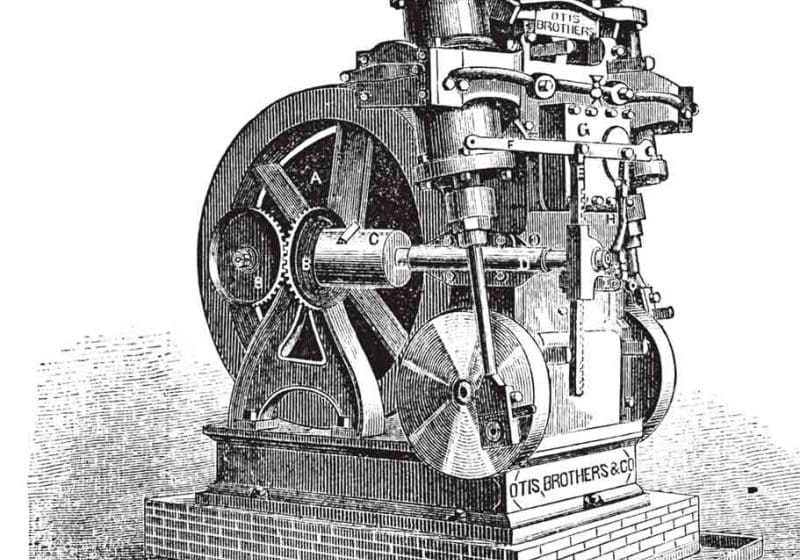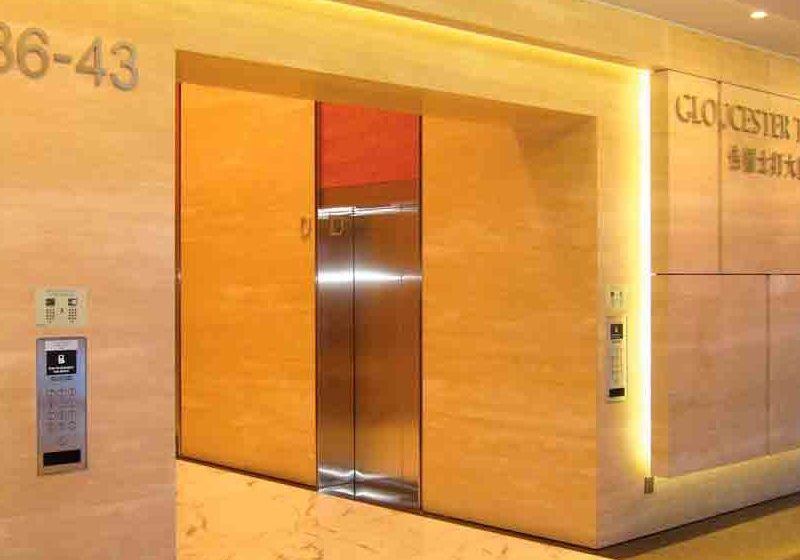An in-depth report on Japan’s economic trends and challenges
Japan’s Economy
Economic Indicators in 2010 (Estimated)
- Gross domestic product (GDP) adjusted for purchasing power parity: US$4.34 trillion
- GDP ranking: fourth by volume, 24th per capita
- GDP growth: 3%
- GDP per capita: US$33,800
- GDP by sector: agriculture (1.5%), industry (22.8%), service (75.7%)
- Inflation: 0.3%
- Labor force: 65.64 million (2009 estimate)
- Labor force by occupation: agriculture (4%), industry (28%), service (68%)
- Unemployment: 5.2% (2010 estimate)
- Fiscal year: April 1-March 31
Economic Trends and Challenges
In 2010, Japan’s GDP growth in the final three months was -2.9%; however, total GDP growth for the year was 3%, one of the highest growth rates in about 20 years. But Japan’s economy was disrupted on March 11, 2011, due to the effects of the Great East Japan Earthquake and Tsunami. GDP contracted by 3.5% in the first quarter of 2011. Japan reentered recession as its economy suffered two consecutive quarters of contractions.
In 2008-2009, the economy had contracted 6.4%. However, output was expected to bounce back in the second half of 2011 as supply constraints ease and reconstruction accelerates. Japan has had economic problems with average GDP growth since 1992, seeing only 1-2% growth. According to the Organisation for Economic Co-operation and Development, GDP was expected to contract 0.7% in 2011 and see 2.9% growth in 2012.
The aforementioned earthquake and tsunami were the strongest ever recorded in Japan and triggered the country’s worst disaster of the post-World War II era. While it is still too early to assess the full extent of the damage at the time of this writing, the immediate impact will be to reduce output, although this will later be reversed by reconstruction efforts. The full extent of the economic impact of catastrophes is becoming apparent, with hundreds of factories shut across Japan, warnings of rolling blackouts and predictions from economists that the disaster would push the country into recession. The priority for Japan is to address humanitarian and reconstruction needs, along with recovery from the Fukushima Dai-Ichi Nuclear Power Plant accident.
| Category | Description | |
| Passenger elevator | Custom-made high speed | 120 mpm speed and greater |
| Passenger elevator | Custom-made medium speed | 105 mpm speed and less (exclusive of standardized elevators) |
| Passenger elevator | Standardized | Basic specifications by the authorities are equivalent to the manufacturer’s standard. From 2005, types P and R are being classified. |
| Hospital (stretcher) elevator | For stretcher/medical-equipment carrying |
| Freight elevator | Exclusively for goods/cargo carrying |
| Automobile elevator | Exclusively for automobile/vehicle carrying |
| Small passenger elevator (SPE) | Capacities of five people or less; exclusively for home elevators, two-to-three-person and four-to-five-person capacity elevators |
| Home elevator (HE) | Exclusively for individual residence and private houses |
| Moving walks | Within 15° inclination without difference in level |
| Small freight elevator (dumbwaiter) (SFE) | Exclusively for small goods-carrying elevators, table and floor types |
| Escalator | Escalator types have been classified into two types per nominal tread width. Type names have been changed to S600 (previously 800) and S1000 (previously 1200). |
| Year | Elevators | Elevators | Elevators | Elevators | Elevators | Elevators | Escalators | Escalators | Escalators | SFE | Total |
| Roped Traction | Roped Traction | Hydraulic | SPE | HE | Subtotal | S600 escalator | S1000 escalator | Moving walks | Table/ floor | ||
| Machine-room less (MRL) | Conventional | ||||||||||
| 2006 | 22,496 | 2,350 | 495 | 2,019 | 6,982 | 34,342 | 844 | 2,211 | 97 | 3,860 | 41,354 |
| 2007 | 21,591 | 2,351 | 254 | 1,639 | 5,728 | 31,563 | 729 | 2,127 | 38 | 3,159 | 37,616 |
| 2008 | 17,641 | 2,021 | 310 | 1,699 | 5,041 | 26,712 | 621 | 2,174 | 24 | 2,571 | 32,102 |
| 2009 | 14,884 | 1,877 | 188 | 1,471 | 4,202 | 22,622 | 585 | 1,418 | 21 | 2,650 | 27,296 |
| 2010 | 14,421 | 1,544 | 209 | 1,902 | 3,966 | 22,042 | 554 | 1,631 | 47 | 2,417 | 26,691 |
A risk consultancy estimates the economic losses from the natural disasters at more than US$100 billion. The huge cost of rebuilding the affected areas will increase Japan’s public debt, which is already one of the largest in the world.
Dual Challenge Facing Japan
At an October 13 press conference in Tokyo, Annop Singh, director of the Asia and Pacific Department of the International Monetary Fund, stated that Japan has withstood two severe shocks in recent years. First, the shock of the global financial crisis led to the sharpest economic contraction in Japan’s post-war history. More recently, the earthquake and tsunami significantly set back Japan’s recovery and inflicted substantial human death tolls and economic damage. Reconstruction will take several years.
The supply-chain disruption in Japan cut exports of several emerging Asian economies dependent on imported parts from Japan and highlighted the fact that Asia relies significantly on the country as an integral part of the regional supply chain. In response, the government and the Bank of Japan provided support through a series of supplementary budgets and further monetary easing, and the economy has begun to recover. In recent months, weaker growth of advanced economies has moderated exports of emerging Asia. However, despite the slowdown, growth in emerging Asia is expected to remain relatively healthy in the near term, providing support to Japan’s recovery.
Japan’s recovery also faces several important longer-term challenges, especially how to ensure fiscal sustainability and support growth despite an aging population. A strategy to address these challenges will require both a credible fiscal plan for bringing down Japan’s public debt and structural reforms to promote growth. Japan will need to continue with structural reforms to revive growth. Here, we would highlight the following key areas.
First, further trade liberalization, such as through the Trans-Pacific Partnership, would not only support exports, but could also work as a catalyst to open up protected markets. Trade liberalization would also allow Japan to take further benefit from the rapid growth of emerging Asia.
Second, labor-market reforms to increase the workforce are needed. Improving access to childcare by easing the approval process for new facilities would increase female labor participation, which is low by
advanced-economy standards. Raising the retirement age would also increase employment among the elderly.
Third, promoting startups could facilitate innovation and stimulate business investment. To this end, the government could reorient public support away from existing firms to startups in growth areas, such as environment and energy. Allocating a small share of public pension funds to venture capital could provide the initial liquidity many startups need.
Addressing the dual challenge of securing fiscal adjustment and promoting growth is no easy task. But, with the resilience and kizuna (solidarity) witnessed after the earthquake and tsunami, Japan can overcome these challenges, return to a higher growth path and continue its strong contribution to the global economy.
2010 Statistics
The Japan Elevator Association (JEA)’s official report on the number of elevators and escalators was published in the October Issue of Elevator Kai, a quarterly magazine for the Japan elevator industry. This survey report’s data was based on information from 77 of JEA’s 100 member companies. For more information, visit website: www.n-elekyo.or.jp/english/index.html.
Survey Notes
Notes on the period and conditions of the survey are as follows:
- Numbers newly installed: approval of governmental completion test from April 1, 2010 to March 31, 2011
- Numbers under contract for maintenance as of March 31, 2011
- Only Tables 1, 2 and 9 from the complete survey have been translated into English.
There are also two important differences between the current and previous surveys:
- Numbers renewed or modernized: to add a survey object from this time and continue to survey for the future
- Numbers exported: a longtime survey category called off by the end of 2010
| Year | Elevators | Elevators | Elevators | Elevators | Elevators | Elevators | Escalators | Escalators | SFE | Total |
| Roped traction | Roped traction | Hydraulic | SPE | HE | Subtotal | Escalators | Moving walks | |||
| MRL | Conventional | |||||||||
| 2006 | 116,628 | 325,888 | 95,031 | 23,241 | 56,533 | 617,321 | 58,958 | 1,036 | 51,114 | 728,429 |
| 2007 | 133,900 | 321,765 | 90,217 | 25,235 | 59,230 | 630,347 | 60,938 | 1,083 | 40,612 | 732,980 |
| 2008 | 148,007 | 318,081 | 93,057 | 24,963 | 61,143 | 645,251 | 62,384 | 1,048 | 48,964 | 757,647 |
| 2009 | 160,248 | 315,296 | 91,939 | 26,618 | 66,380 | 660,481 | 62,917 | 1,060 | 49,762 | 774,220 |
| 2010 | 171,214 | 310,942 | 89,787 | 27,891 | 67,822 | 667,656 | 64,313 | 1,074 | 47,903 | 780,946 |
| Region | Elevators | Elevators | Elevators | Elevators | Elevators | Escalators | Escalators | SFE | SFE | Total |
| Roped traction | Roped traction | Hydraulic | SPE | Subtotal | S600 escalators | S1000 escalators | Table | Floor | ||
| MRL | Conventional | |||||||||
| Tokyo | 154 | 234 | 7 | 3 | 398 | 10 | 37 | 6 | 31 | 482 |
| Osaka | 39 | 127 | 1 | 1 | 168 | 7 | 34 | 8 | 9 | 226 |
| Kanagawa | 57 | 61 | 3 | 2 | 123 | 12 | 1 | 136 | ||
| Aichi | 45 | 43 | 88 | 12 | 4 | 10 | 114 | |||
| Hyogo | 25 | 28 | 1 | 54 | 2 | 2 | 2 | 7 | 67 | |
| Others | 220 | 152 | 9 | 6 | 387 | 2 | 25 | 20 | 72 | 506 |
| Total | 540 | 645 | 21 | 12 | 1,218 | 21 | 122 | 41 | 129 | 1,531 |
Get more of Elevator World. Sign up for our free e-newsletter.







